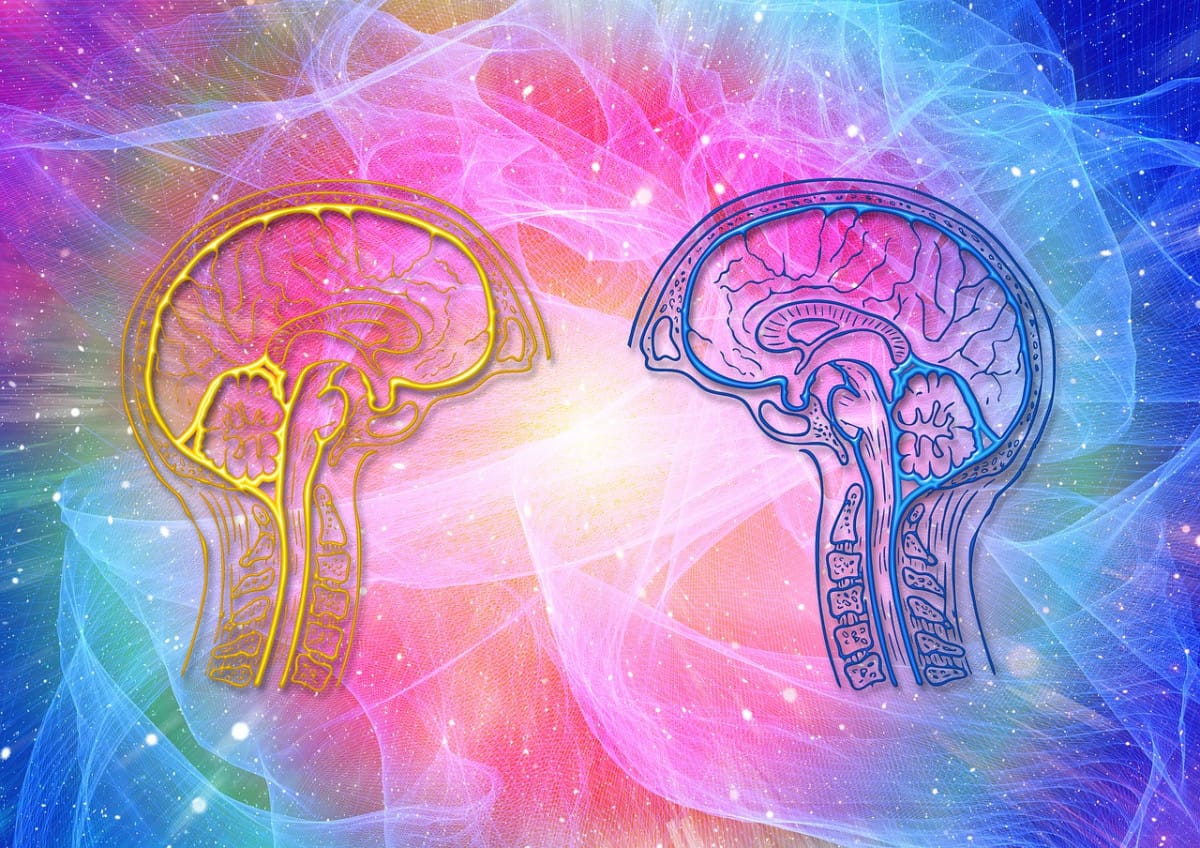Thanks to the advancement in technology and psychology, we now have various treatments for addictions and mental illnesses. Consequently, you will probably want to try something different if one type of therapy does not work for you.
Nevertheless, it is not easy to examine all of your alternatives while trying to create a customized treatment plan that will be as effective as possible. If you are wondering whether cognitive behavioral therapy (CBT) or eye movement desensitization and reprocessing (EMDR) are beneficial, the answer is that it depends on what you are going through.
Contents
EMDR vs. CBT
Eye movement desensitization and reprocessing (EMDR), which was introduced by Francine Shapiro, is an integrated psychotherapy strategy that aims to help clients cope with the suffering caused by traumatic memories. Hence, it is usually used to treat anxiety disorders, including panic disorder and post-traumatic stress disorder, commonly known as PTSD.
The goal of this therapy is to alter the way traumatic memories are stored in your brain. You ought to recall traumatic situations without having the powerful emotional responses that define post-traumatic stress once your brain has correctly processed the memories.
On the other hand, cognitive behavioral therapy (CBT) is a mix of behavioral therapy and talk therapy demonstrated to successfully treat stress, depression, anxiety, phobias, OCD, obsessive-compulsive disorder, bipolar disorder, schizophrenia, and other mental health issues.
CBT aims at helping people improve their self-awareness and work on their problems. Patients are encouraged to develop coping skills through activities in the sessions. They are also given homework outside of sessions, through which they may learn to adjust their thoughts, troublesome emotions, and behavior.
When Should You Use EMDR Treatment?
According to a study conducted by the Permanente Journal in 2014, it has been noted that EMDR helps trauma survivors to understand that it is not their fault for what transpired and that the event is now in the past. Therapists use EMDR treatment to address a variety of issues, such as:
- PTSD
- Bipolar disorders
- Depressions
- Grief and loss
- Pain
- Panic attacks and phobias
- Personality disorders
- Addiction and substance abuse
- Sexual assault
How Does EMDR Treatment Work?
After the therapist has agreed that EMDR treatment is an appropriate fit for you, the therapist will introduce the eight phases of EMDR to you. Furthermore, the therapist will give you skills for dealing with troubling ideas as they arise during the treatment.
You will be instructed to reflect on the characteristics of the positive remarks you made previously by using eye movements, taps, or tones. This strategy has been demonstrated to assist people in letting go of unhelpful ideas that have been holding them back.
8 Phases of EMDR Therapy
The theory behind EMDR is that particular eye movements might lower the strength of unpleasant emotions such as depression. There are eight stages to the therapy:
- Gathering information
The first step is to gather information about your medical history to pinpoint the precise trauma you have experienced, as well as its severity and probable causes.
- Preparing treatment plan
Your therapist will assist you in talking through the issue and give you an outline of the treatment strategy. They will go over what they believe is causing your symptoms and how you may begin learning to process your trauma healthily.
- Assessment
Together, you and your therapist will pinpoint the specific memory that causes emotional pain. The introduction of a positive belief might be presented to counterbalance the negative feelings caused by the trauma.
- Desensitization
The distressing experience is logically assessed in this phase. Your therapist will work with you to alter how your brain links trauma with the event that caused it.
- Installation
This procedure will assist you in strengthening the positive perspective so that it can eventually replace the negative one. It will continue until your trauma subsides and you begin to feel more cheerful after each set.
- Body scan
Following the installation process, you will be prompted to review the traumatic incident. To assist your therapist in determining whether there is any lingering trauma or if the experience provokes a bodily reaction such as a rising pulse, a rise in blood pressure, or a tightening of the muscles.
- Conclusion
The therapist will highlight stress-reduction tactics and advise you to keep track of any disruptions between sessions so that you may be better prepared to deal with them.
- Reevaluation
In this phase, the therapist will assess the success of the therapy and the need for more sessions, and if necessary, will schedule a follow-up appointment.
When Should You Use CBT Treatment?
CBT may lessen symptoms of mental health issues that other treatments have failed to alleviate. Around 50 years ago, therapists developed the first CBT models to treat depression. The study published in 2016 on The Lancet Psychiatry found that CBT treatment was more effective when treating depression as compared to usual care such as antidepressants.
Apart from treating depression, CBT is also currently a model for treating a variety of conditions, such as:
- Post-traumatic stress disorder (PTSD)
- Panic attack
- Anxiety
- Insomnia
- Social Anxiety
- Drug abuse and addiction
- Personality disorder
- Eating disorder
- And many other physical and mental conditions
How Does CBT Treatment Work?
CBT consists of evaluating and addressing one’s cognitive distortions, such as negative ideas and beliefs, and assisting the client in learning to cope. It aims to remove your preconceived notions about the world and replace them with more realistic ones.
CBT utilizes several different strategies. Your therapist will cooperate with you to identify the techniques that are most effective for you. The following are some of the most common treatments:
- realizing how flawed thinking may worsen difficulties
- acquiring new problem-solving abilities
- building self-esteem and self-love
- learning how to tackle anxieties and difficulties
- utilizing role-play and soothing tactics when confronted with potentially problematic situations
Other popular techniques used in CBT such as:
- Cognitive restructuring
This consists of identifying and unraveling any cognitive illusions that are distorting your ideas. - Journaling
You may be asked to write down any negative thoughts that arise throughout the week and any good beliefs you may replace them with. - Positive activities
Adding a gratifying pass time to your daily routine will help you feel more positive and uplifted. - Situation exposure
This is making a list of circumstances or things that bother you, in order of how much distress they produce, and gradually exposing yourself to them until they elicit less unpleasant sensations.
Regardless of the approaches used, homework is an integral aspect of CBT. Therapy assignments can help you become more comfortable with the abilities you are building.
Bottomline
When it comes to CBT vs EMDR treatment, studies have shown both to be more beneficial for panic disorder, as per the 2017 study published in the journal Frontier Psychology. A total of 84 panic disorder patients were randomly allocated to 13 weekly 60-minute EMDR or CBT sessions. Both treatments were shown to be equally beneficial in the study, so you cannot go wrong with either treatment.
If you have PTSD or another panic condition, either CBT or EMDR treatment may be beneficial. Depending on what you and your healthcare consultant determine, you could even try out both therapies.






